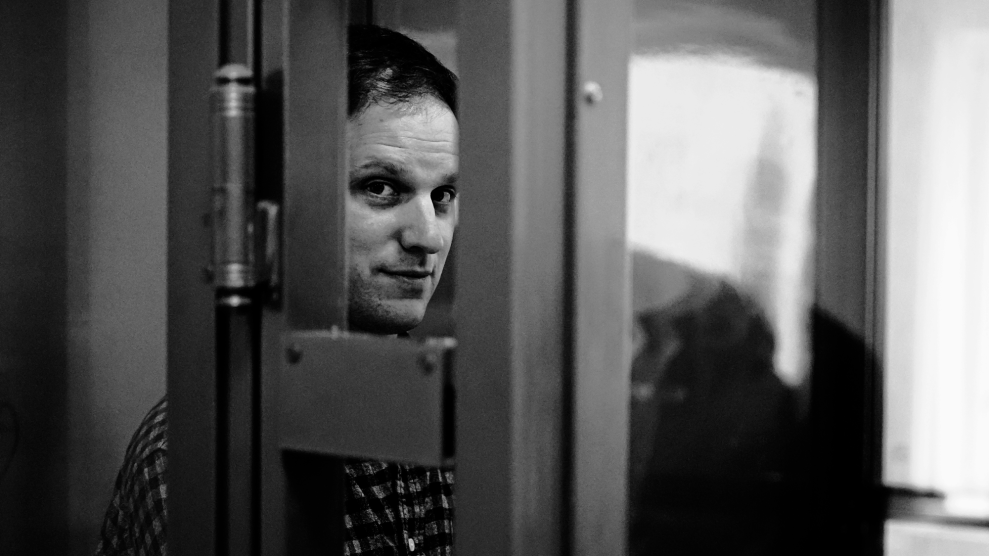Lubbock, Texas, is the birthplace of Buddy Holly, a crucible of conservative Christianity, and a city with some of the highest rates of teen pregnancy and STDs in the country. But Lubbock, we learn from this stirring documentary, is also home to a remarkable teenager named Shelby Knox, who, in the course of filming, evolves from a compliant 15-year-old girl to a tough, compassionate young woman committed to social change.
Early in The Education of Shelby Knox, we watch Knox take a vow of “sexual purity” in front of her parents and her pastor. But she realizes that many of her classmates are sexually active and soon finds her calling: promoting comprehensive sex education in the “abstinence-only” Lubbock public schools. Her platform is a seat on the Lubbock Youth Commission, a city-funded group headed by her rival, a slick, budding politician named Corey Nichols. Directors Marion Lipschutz and Rose Rosenblatt follow Knox as she tangles with Nichols and takes on the town’s officials and religious leaders, challenging them with increasing fervor from the bedrock of her own Christian beliefs.
Knox also must deal with her loving but worried parents, and their family discussions are the emotional heart of the film. When Knox makes common cause with a group of gay and lesbian students—“I think God is a forgiving God,” she says—she further strains her most intimate relationships. But by then it’s clear nothing will stop Knox from struggling toward her own truths—and maybe taking some of the skeptics along with her. At one point, a new gay friend says joyfully, “If there were more Christians like you, we’d be in heaven.” To which one can only say: Amen.















